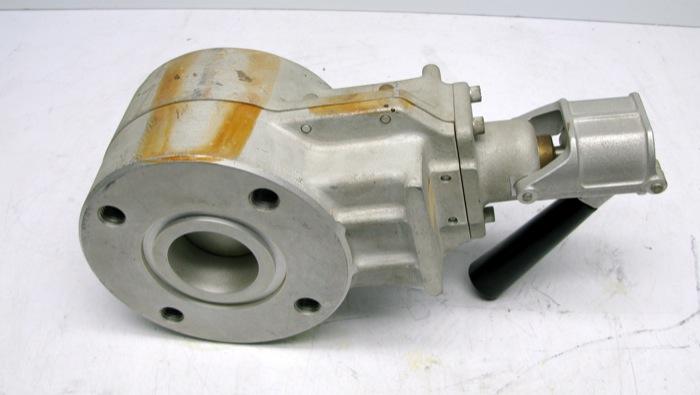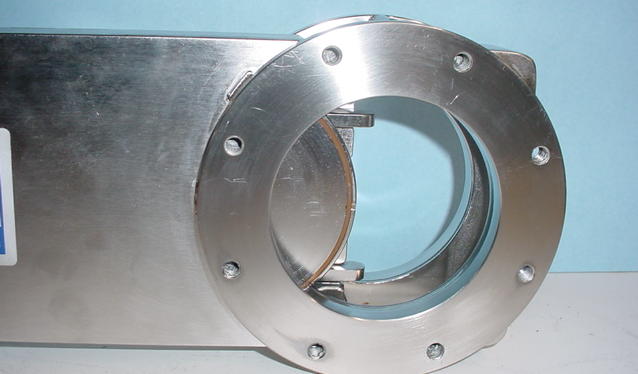Discover the key features and applications of vacuum gate valves in various industries. This comprehensive guide explores the functionality, design, and advantages of vacuum gate valves. By understanding their operation, construction, and utilization in applications such as semiconductor manufacturing, research laboratories, and aerospace, you can make informed decisions when selecting and integrating vacuum gate valves into your vacuum systems.
Functionality and Operation of Vacuum Gate Valves
Vacuum gate valves play a crucial role in controlling the flow of gases or fluids in vacuum systems. They operate by utilizing a sliding or rotating gate mechanism to create a seal that isolates or allows the passage of substances. When the valve is open, the gate retracts or rotates, providing an unobstructed flow path. Conversely, when the valve is closed, the gate seals against the valve seat, preventing any gas or fluid from passing through.

Design and Construction of Vacuum Gate Valves
Vacuum gate valves are designed to provide reliable and leak-tight sealing in high-vacuum environments. They consist of a robust valve body, typically made of stainless steel or other materials with excellent vacuum compatibility. The gate mechanism, which can be either sliding or rotating, is precisely engineered to ensure smooth operation and a tight seal. Vacuum gate valves also incorporate sealing elements, such as O-rings or metal seals, to maintain airtightness.
Key Features and Advantages of Vacuum Gate Valves
Vacuum gate valves offer several features and advantages that make them essential components in vacuum systems. These include:
- High Vacuum Compatibility: Vacuum gate valves are designed to withstand and maintain high levels of vacuum, ensuring optimal system performance and integrity.
- Fast and Reliable Operation: With their sliding or rotating gate mechanisms, vacuum gate valves provide quick response times and reliable sealing, allowing for efficient control of gas flow.
- Minimal Particle Generation: Vacuum gate valves are engineered to minimize particle generation, making them suitable for cleanroom environments and sensitive applications, such as semiconductor manufacturing.
- Multiple Actuation Options: Vacuum gate valves can be operated manually or equipped with electric or pneumatic actuators for remote and automated control.

Applications of Vacuum Gate Valves
Vacuum gate valves find extensive applications in industries and research fields that require precise control of vacuum environments. Some notable applications include:
- Semiconductor Manufacturing: Vacuum gate valves are used in semiconductor fabrication processes to control the flow of gases and maintain clean, controlled environments during deposition, etching, and other critical steps.
- Research Laboratories: Vacuum gate valves are employed in research laboratories for experiments, sample handling, and vacuum chamber isolation, ensuring a controlled environment for various scientific investigations.
- Aerospace Industry: Vacuum gate valves play a vital role in aerospace applications, including satellite manufacturing, space simulation chambers, and propulsion systems, where precise control of vacuum conditions is essential.
Conclusion:
Understanding the features and applications of vacuum gate valves is crucial for successful integration into vacuum systems across various industries. With their reliable sealing capabilities, high vacuum compatibility, and fast operation, vacuum gate valves provide precise control over gas flow in critical processes.
Whether in semiconductor manufacturing, research laboratories, or aerospace applications, vacuum gate valves contribute to maintaining controlled, efficient, and reliable vacuum environments. By considering their functionality and advantages, you can select and implement the appropriate vacuum gate valves for your specific requirements.